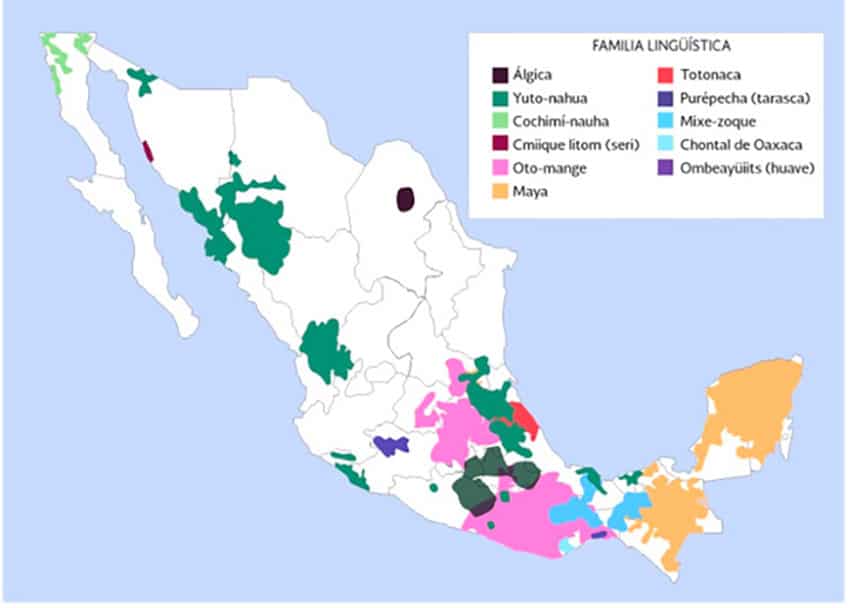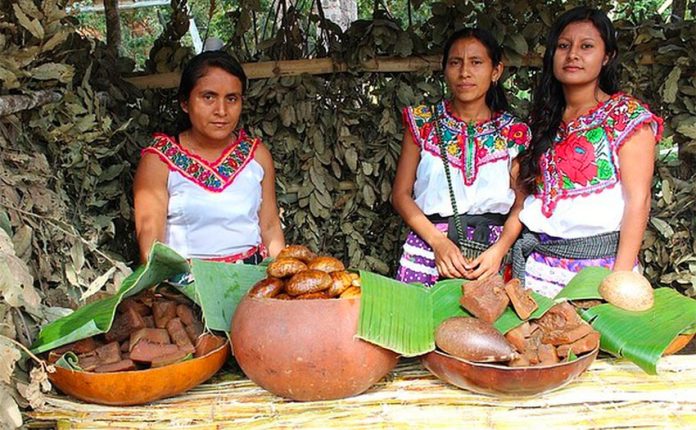Mexico is one of the 10 most linguistically diverse nations in the world but as speakers of some of its least spoken tongues told the lower house of Congress in November, that diversity is under threat.
In recognition of 2019 being the International Year of Indigenous Languages, the Chamber of Deputies heard the testimonies of a number of speakers of dying indigenous languages.
Speaking in her native pápago, Doraly Velasco León began by relating the difficulties of preserving the language of her ancestral land, which has been divided by the border between Mexico and the United States.
“Only eight speakers [of pápago] remain, including the one addressing you today . . . Our language is in its death throes, but not our world view or our historical memory, because we have left perennial footprints in our path along those lands that sustain our lives, in our songs and traditions.”
She denounced the extinction of her native tongue, charging that it was not a natural occurrence, but rather the result of borders and walls that divide the lands she and her people call home.
Noé Ávalos Hinojosa, one of fewer than 19,000 speakers of Huave from Oaxaca’s Isthmus of Tehuantepec, cited cultural and generational factors for the loss of his language.
“In the past, our grandparents taught us our language at parties . . . Now, that knowledge is disappearing among children and young people and they’re starting to have a negative attitude toward our native tongue,” he said.
One of fewer than 500 speakers of Kumeeyaay, Norma Alicia Meza Calles said that a lack of attention from the government has played a role in the death of her language.
“We aren’t folklore. We are a form of life that needs to be treated with respect. We are those who take care of our environment . . . at times confronting the same government that grants permits without taking us into account,” she said.
“Public services are not part of our lives, but we still defend our lands . . . from people who have no love for their heritage. The hills, the trees, the animals are our brothers and we take care of them.”
Abel Altamirano Ramírez, one of just over 28,000 speakers of Cora, cited a lack of education.

“My language is in danger of extinction because it is not maintained in education . . . If there were bilingual teachers on the staff of the secondary and preparatory schools, its use would continue, it would not be lost,” Altamirano said.
According to the National Institute of Indigenous Languages (Inali), there are 43,276 locations in Mexico in which 25 million people identify as indigenous. Among these, over seven million speak one of the country’s 68 indigenous languages.
The Inali Catalogue of National Indigenous Languages states there are 11 language families in Mexico, which are broken up into 68 language groups, of which there are 364 distinct variations.
A language family is a group of languages whose similar linguistic structures have a common historical origin. For example, Zapotec and Mixtec, the two most widely spoken indigenous languages in Oaxaca, belong to the Oto-Manguean family, along with numerous others.
A language group is a collection of linguistic variations comprised under a name traditionally given to a group of indigenous people. For example, there are at least 62 distinct variations of Zapotec.
Náhuatl, the language of the Aztecs, or Mexicas, is the most widely spoken language group in Mexico with 725,620 speakers. This is followed by Mayan with 859, 607; Tzeltal with 556,720; Mixtec with 517,665; and Tzotzil with 487,898.
However, 22 of the languages listed in the Inali catalogue have 1,000 speakers or less.
Oaxaca is the state with the most indigenous languages with 16, followed by Chiapas (14), Campeche (12), Veracruz (11) and Quintana Roo (10). According to the national statistics institute, (Inegi), Oaxaca also has the highest number of indigenous language speakers with over 1.16 million.
Sources: El Sol de México (sp), Milenio (sp)
